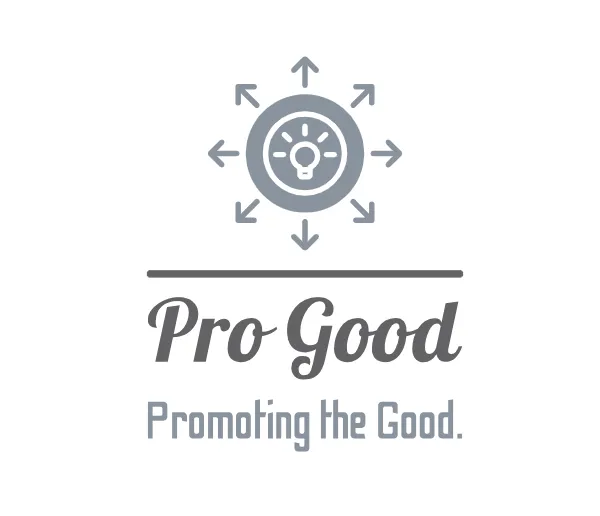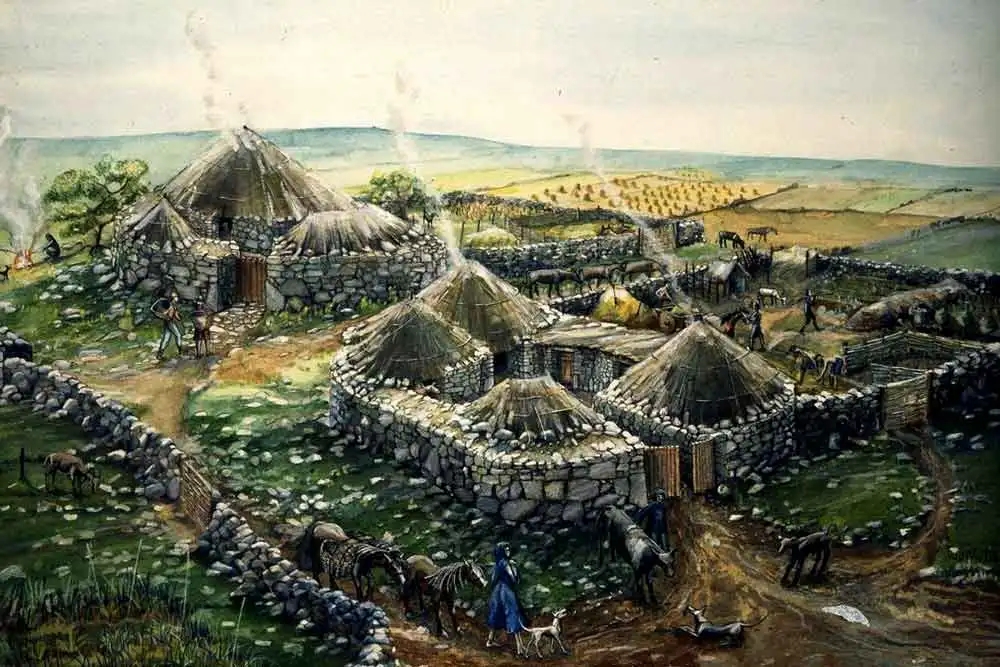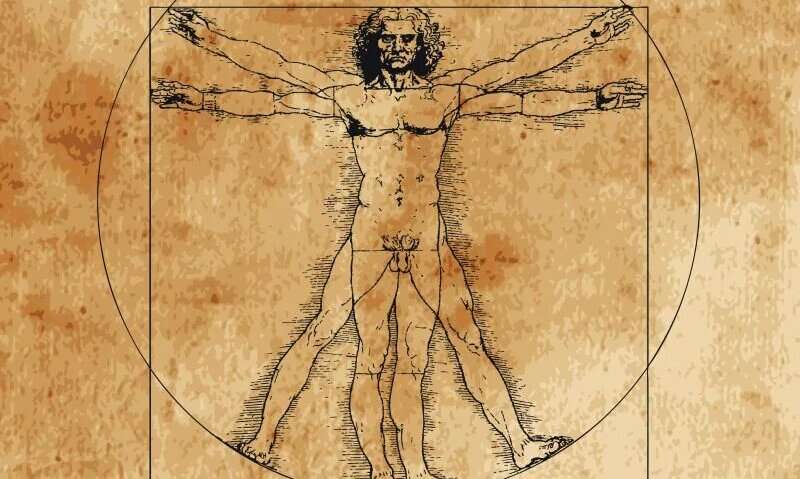Initially I was going to look up what the word ‘family’ meant in various languages such as English, Japanese, Portuguese and German.
However, while that would most likely have been an interesting exercise, which would possibly inform us of some of the cultural nuances of the word, I felt that it wasn’t really all that necessary for the purpose of this article.
So instead I will present my notion of what I mean when I use the word ‘family’.
What is Family?
In a nutshell, ‘family’ describes kin. My family is comprised of other human beings with whom I share a blood relation – my parents, grandparents, aunts, uncles, siblings etc. And, even though we are not of the same bloodline, my wife is also my family because of the blood relation between us in the form of our children.
Some people struggle with this idea of family, and instead wish to think of family as being something more along the lines of “anyone I care deeply for”. But there already exists descriptors for those, and many other, kinds of human relations – friends, acquaintances, colleagues, etc.
Family describes something very unique and specific, and I see no reason to dilute it’s meaning.
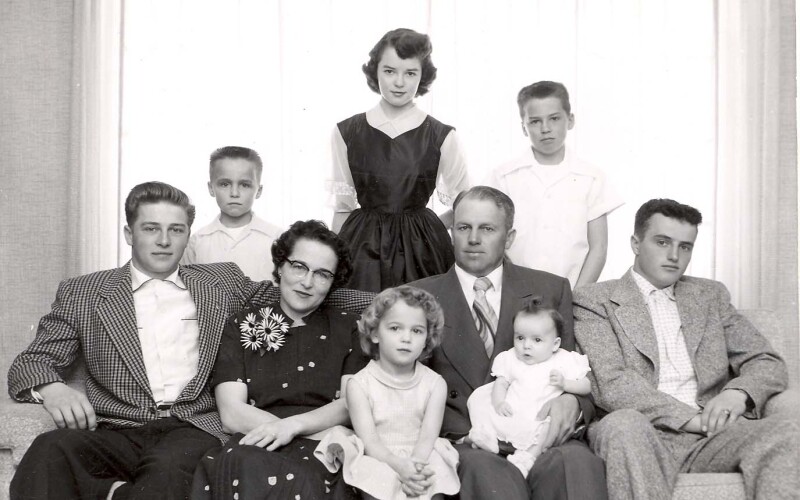
I’ve heard people ask about adoption – is someone ‘family’ if they are adopted and have no blood relation to the parents? My answer is, technically speaking they are not. This is actually known and acknowledged in mainstream culture and society, which is why we have words such as ‘step-son/daughter/father/mother’.
Even the word ‘adoption’ describes the reality – that something from outside is being brought in. Outside of what? Brought in to what? The family.
Adoption is a kind of fiction we humans have developed, usually to deal with very unfortunate circumstances such as the loss of a child’s parents to disease or war. It is a pragmatic fiction which serves the purpose of human life. However it is, thankfully, an exception, and therefore has no basis for upending the overwhelmingly applicable descriptor of the word ‘family’ being that of blood relations.
Why Family?
Most obviously, for the purpose of the reproduction of the human species.
However many people – perhaps most – will be thinking about family in a much more specific way than merely human beings who are related by blood – after all, to some degree, it could be argued, all humans are ultimately blood relations.
Today, and since at least some centuries, many human societies have thought of the nucleus of a family unit being a man and a woman who formed a mating pair.
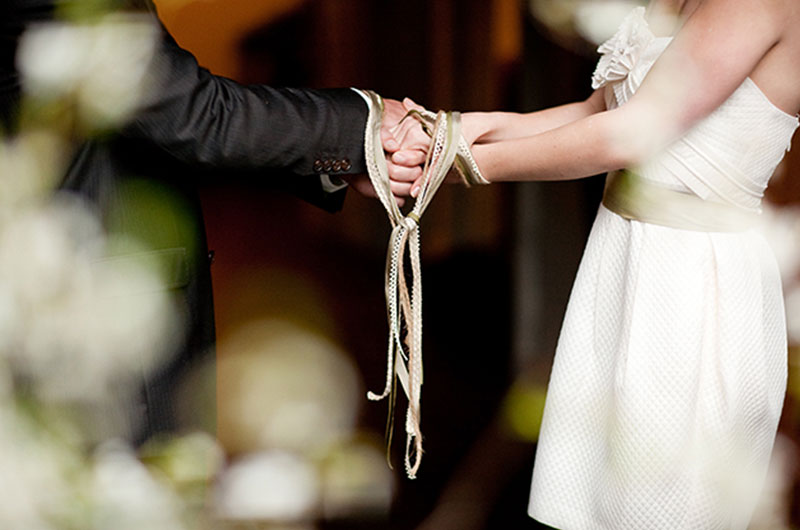
A family as a whole would typically be comprised of a number of such nuclei, from more than one generation.
But however small or large the family was, whatever the paternal or maternal structure, the purpose is the same – the reproduction of the human species.
Furthermore, as was mentioned in a previous article, ‘the success of procreation is ultimately measured by the offspring successfully reaching sexual maturity so that they, like their parents, can procreate’ – it is not enough for me and my wife to have children, we must also do everything we can to ensure that they have the opportunity to procreate.
Necessities for Family
We now have a pretty clear picture of what the family is, why it’s necessary, and how to evaluate it’s success.
With this in mind we can begin to ask ourselves what the requirements are for successful families to exist.
Resource gathering
The family unit needs all the resources that humans need, and then some. The process of bearing children is one which is quite resource-demanding. After all, during pregnancy there are weeks, if not months, during which the woman is not able to function at full capacity, if not altogether out of commission.

Therefore, in order for child bearing to be a success, it is vital that there be a kind of stockpile or reserve of resources at the ready for when they will be needed.
Resource distribution
Throughout the life of a family it is critically important that resources are allocated carefully. The ability to stockpile, or save, resources for times when resources may be harder to come by, is only possible with such careful resource allocation.
Furthermore, not all members of the family require the same types or quantities of resources, and not all members of the family have the same abilities when it comes to utilizing the most-valuable of all resources – human activity.
Resource security
While stockpiling resources is an essential element of reducing the risk of running out of resources, there is also the need to secure the stockpiles you have, as well as the indirect resources (e.g. land and forests) which you require to garner the direct resources (e.g. food and timber) you need.
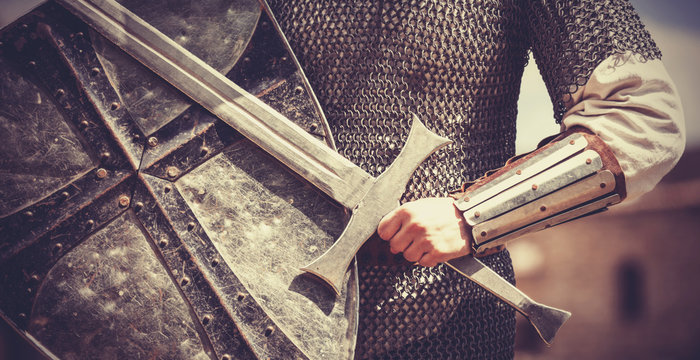
Without security all your efforts of gathering, stockpiling and carefully distributing resources could very well be for nothing.
Resource Management Solutions
Let’s recall the three things we mentioned a few weeks ago as being the conditions for successful procreation, and see how they map onto the resource management challenges described above.
Pair-bonding …
… between men and women is primarily for the purpose of acquiring, stockpiling and securing resources to provide for parenthood.
Parenthood …
… is the bearing and rearing of one’s children, the main objective of which is to ensure, to the best of one’s ability, that your children reach the age when they can successfully pair-bond and have children of their own by providing for, protecting and educating them.
Education …
… is, at the very least, the activity which allows for the sharing of vitally important information to be disseminated from one human being to another.
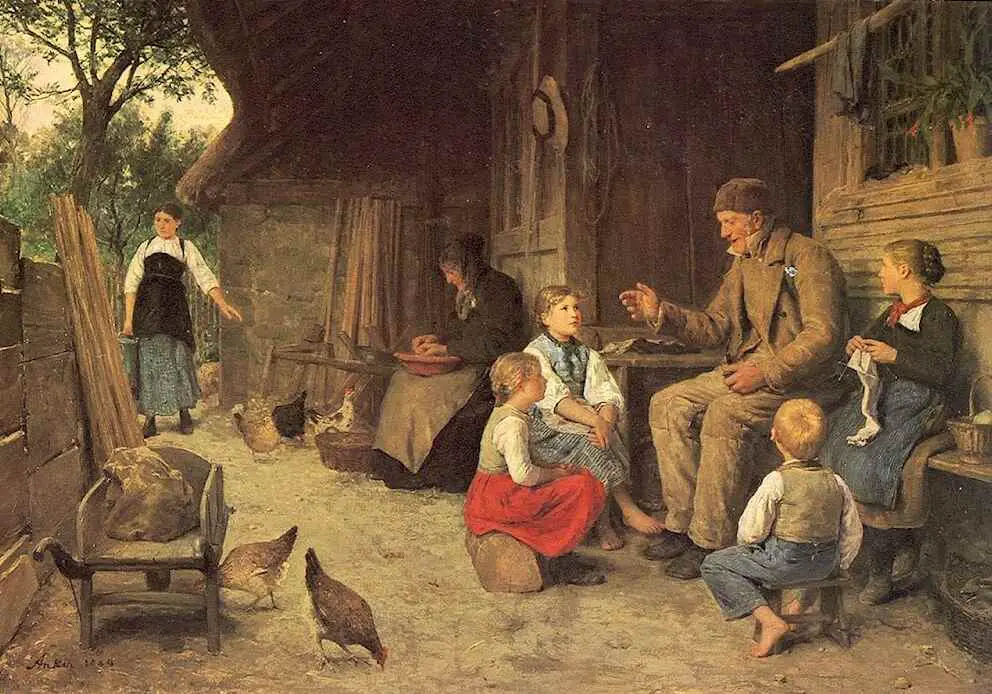
This education would naturally include such information as to what sorts of strategies have proven to be the most successful in the pursuit of furthering human life – strategies, for example, on how best to acquire, stockpile, distribute and protect one’s resources.
In Conclusion
If human life is to be continued, we need to reproduce, and in order to reproduce we need to be free to acquire, reserve, and secure, resources.
We also need to have the freedom to distribute said resources in accordance with our aim to bear and rear our children.
And last, but by no means least, we need to have the freedom to educate and inform one another as to the true nature of reality, so that each new generation has as good a chance as possible of applying strategies which benefit the ultimate aim of human life.

